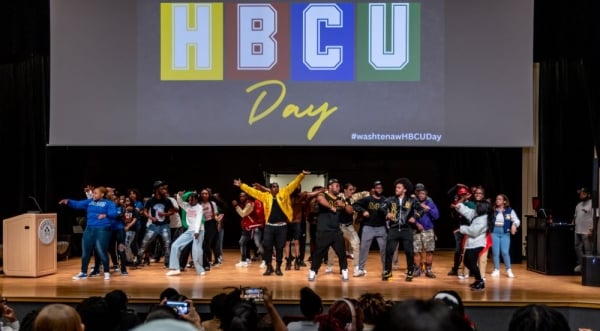In recent years, there has been a growing trend among community colleges to build pipelines to Historically Black Colleges and Universities (HBCUs) for their students. These pipelines are designed to help more students from diverse backgrounds transfer to and succeed at HBCUs, providing them with a unique educational experience and opportunity for personal and professional growth.
Community colleges have long been a vital part of the higher education landscape, offering affordable and accessible education to a wide range of students. However, many community college students face barriers to transferring to four-year institutions, including limited resources, lack of guidance, and a sense of not belonging in traditional college settings. HBCUs, with their rich history and culture, provide a welcoming and supportive environment for many students of color, but have often struggled to attract and retain transfer students from community colleges.
Recognizing the need to better support their students and create pathways to success, an increasing number of community colleges are working to forge partnerships with HBCUs. These partnerships can take many forms, from articulation agreements that ensure seamless credit transfer to joint programs that offer extra support and resources for transfer students. By building these pipelines, community colleges are not only helping their students access high-quality education but also fostering diversity and inclusivity in higher education.
One example of a successful HBCU pipeline program is the partnership between Northern Virginia Community College (NOVA) and Howard University in Washington, D.C. NOVA, one of the largest community colleges in the nation, has a high percentage of minority and low-income students who may benefit from transferring to a historically black institution like Howard. Through the NOVA-HU Bridge Program, students are provided with academic support, mentorship, and networking opportunities to ensure a smooth transition to Howard University. This program has seen great success in increasing the number of NOVA students who transfer to Howard and go on to graduate.
Other community colleges across the country are following NOVA’s lead and establishing similar partnerships with HBCUs. These collaborations not only benefit the students involved but also help to strengthen the relationship between community colleges and four-year institutions. By working together, these institutions can create more opportunities for students of color to access higher education and achieve their academic and career goals.
In conclusion, the growing number of community colleges building pipelines to HBCUs is a positive development in higher education. By partnering with historically black institutions, community colleges are helping to break down barriers and create more opportunities for students of color to succeed. These programs not only benefit the individual students involved but also contribute to a more diverse and inclusive higher education system. As this trend continues to grow, we can expect to see more students from diverse backgrounds thriving at HBCUs and making valuable contributions to their communities and society at large.



